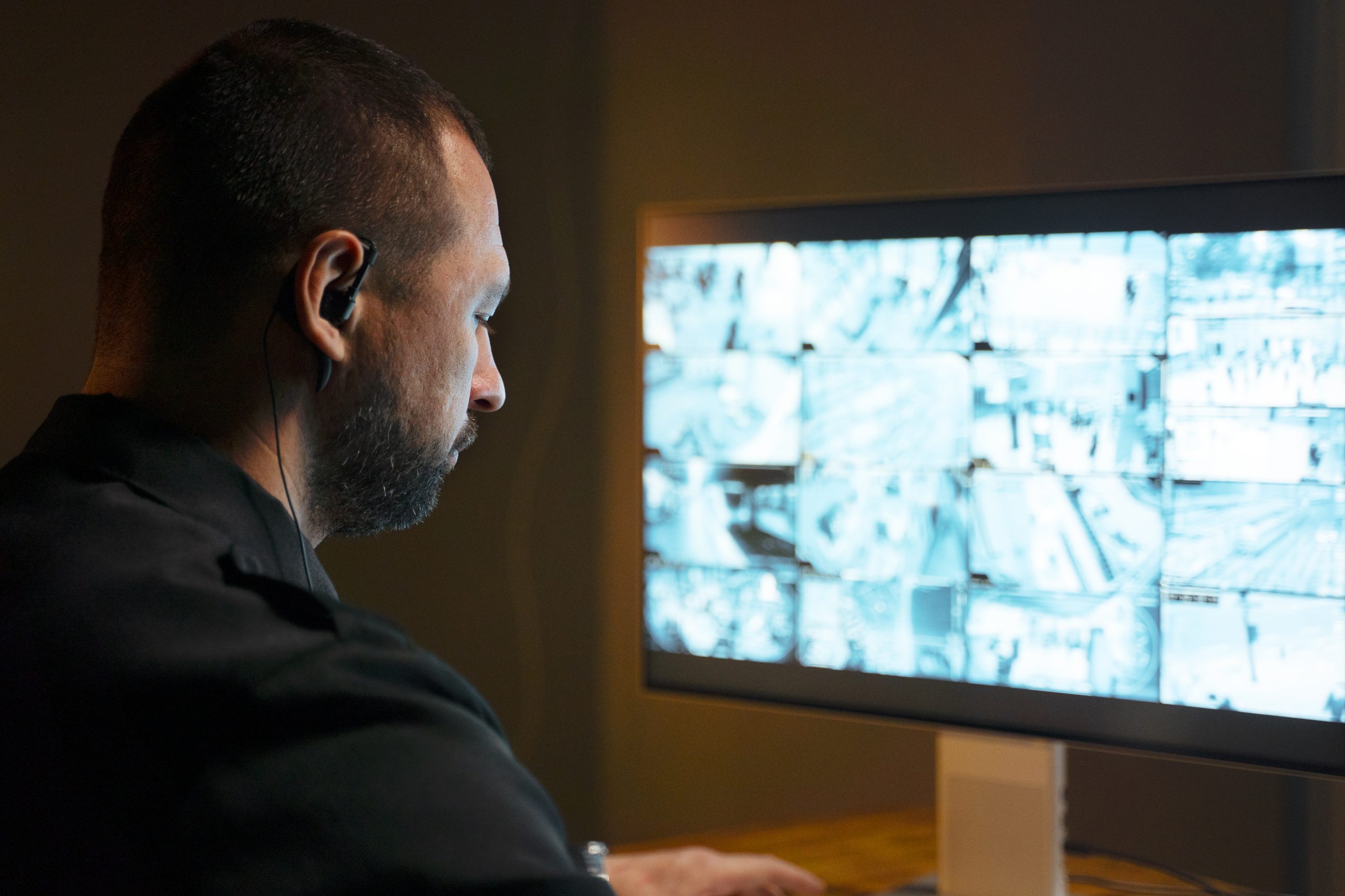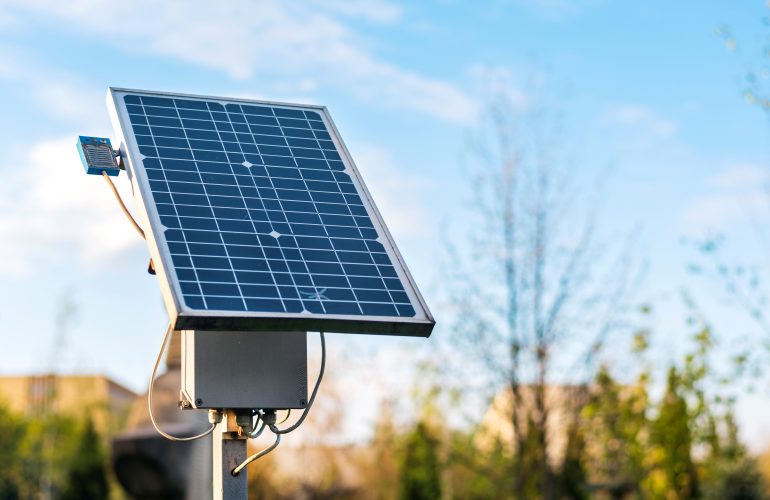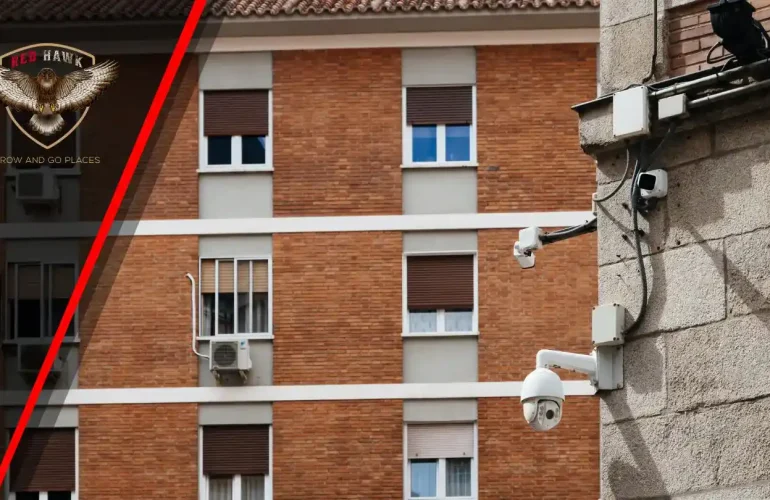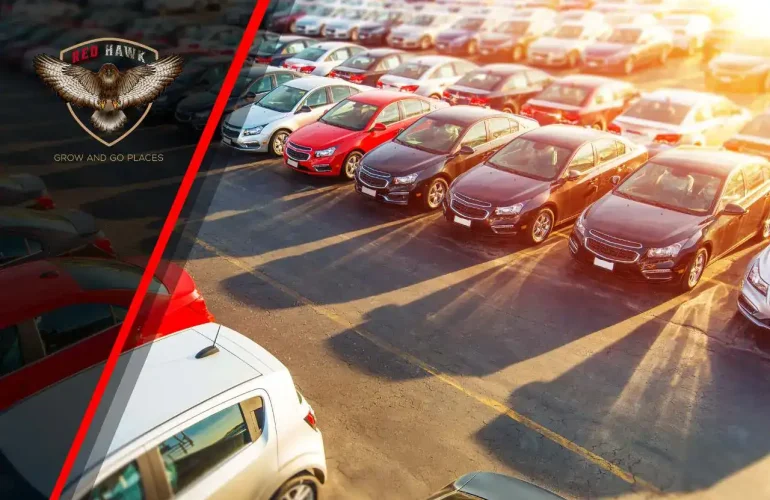Remote Video Surveillance: Your Eyes When You’re Away
Introduction
In an era where security challenges are ever-evolving, the adoption of innovative surveillance solutions has become paramount for businesses and individuals alike. Remote video surveillance stands at the forefront of this technological revolution, offering a set of eyes when you physically can’t be present. This blog delves into the intricacies of remote video surveillance, demonstrating its vital role in modern security systems and its impact on both safety and operational efficiency.
Overview of Remote Video Surveillance
Remote video surveillance refers to the use of camera systems that transmit video footage to a remote location where it can be monitored and analyzed in real time. Unlike traditional CCTV systems that require physical presence for monitoring, remote surveillance enables users to oversee their property, assets, and operations from anywhere in the world, provided they have internet access. This system relies on cameras connected through IP (Internet Protocol) networks, which can be accessed via computers, smartphones, or tablets.
Importance in Today’s Security Landscape
The importance of remote video surveillance has magnified with the increase in security breaches, theft, and unauthorized access across various sectors. As threats become more sophisticated, the need for more advanced and flexible surveillance solutions becomes critical. Remote surveillance offers an omnipresent solution, ensuring security 24/7 and enabling immediate response to incidents, which is crucial for mitigating risks and protecting assets.
Understanding Remote Video Surveillance
What is Remote Video Surveillance?
Remote video surveillance is a security system that allows for the monitoring of live video feeds from one or more cameras through internet connectivity. This technology is designed to offer users the ability to remotely view and manage their surveillance footage without needing to be physically on-site, making it an invaluable tool for modern security management.
Key Components and How They Work
The typical setup of a remote video surveillance system includes cameras, a network, a storage solution, and an interface for viewing the footage. Cameras are installed at strategic points and connected via a secure network—either wired or wireless—to a server or cloud storage where the video data is saved. Users can access this data through specialized software or apps, which allow for live streaming, playback, and management of video feeds.
Technologies Driving Remote Surveillance
Advancements in technology play a pivotal role in enhancing the functionality and effectiveness of remote video surveillance systems. Key technologies include:
- High-Definition (HD) and Ultra HD Cameras: These provide clearer and more detailed images, making it easier to identify persons or activities.
- Cloud Computing: Offers scalable storage solutions and accessibility from any device with internet capability.
- Artificial Intelligence (AI) and Machine Learning: These are used for advanced video analytics such as motion detection, facial recognition, and unusual activity alerts.
- Internet of Things (IoT): Integrates surveillance data with other connected devices for more comprehensive security solutions.
Benefits of Remote Video Surveillance
Continuous Monitoring and Real-Time Response
One of the most significant benefits of remote video surveillance is the ability to monitor spaces continuously and react in real time. Whether it’s a security breach, a fire, or any other emergency, immediate alerts and live footage enable quick decision-making and action, potentially averting disasters.
Enhanced Security with Advanced Analytics
With the integration of AI, remote video surveillance systems can now analyze video feeds in real time to detect anomalies, track movements, and even predict potential threats before they occur. This proactive approach to security not only enhances safety but also improves the efficiency of the surveillance system.
Cost-Effectiveness and Scalability
Remote video surveillance systems reduce the need for extensive manpower and can be scaled easily depending on the size and needs of the area being monitored. This scalability, along with the reduced need for physical infrastructure, makes remote surveillance a cost-effective solution for both small businesses and large enterprises.
Applications of Remote Video Surveillance
Protecting Businesses and Assets
For businesses, remote surveillance acts as a powerful deterrent against theft and vandalism. Cameras placed in visible locations can prevent unauthorized access and ensure that all activities are recorded, thus safeguarding valuable assets.
Monitoring High-Risk Areas
Areas that are prone to accidents, such as factories with heavy machinery or construction sites, benefit immensely from remote video surveillance. Continuous monitoring helps in ensuring compliance with safety protocols and can quickly pinpoint the source of any problem that arises.
Remote Management and Operational Efficiency
Remote video surveillance is not only about security; it also aids in the remote management of operations. For instance, in retail, surveillance can help in managing store traffic and optimizing staff allocation based on real-time data. In manufacturing, it can monitor production lines from afar to ensure operations run smoothly without the need for constant on-site supervision.
Setting Up Your Remote Video Surveillance System
Choosing the Right Cameras and Equipment
Selecting the appropriate cameras and equipment is critical to the effectiveness of your remote video surveillance system. Consider factors such as resolution, field of view, night vision capabilities, and weather resistance. Additionally, evaluate if you need static or pan-tilt-zoom (PTZ) cameras based on the area you wish to cover.
Integration with Existing Security Systems
To maximize your investment, ensure that the new surveillance system integrates seamlessly with your existing security infrastructure. This might include alarm systems, access controls, and other surveillance technologies. Proper integration enhances the overall security posture by providing a unified operation platform.
Tips for Effective Installation
- Location: Place cameras at strategic points that cover crucial areas but also respect privacy guidelines.
- Lighting: Ensure there is sufficient lighting for clear video quality, especially during night-time.
- Wiring: Opt for professional installation to handle complex wiring and ensure that cameras are powered reliably without unsightly cables.
Advanced Features in Remote Video Surveillance
AI and Machine Learning Enhancements
Modern surveillance systems use AI to analyze video feeds for unusual activities, count people, track traffic flow, and more. These capabilities reduce the burden on human monitors and improve response times to incidents.
Facial Recognition and Incident Detection
Implementing facial recognition technology can help in identifying known offenders or unauthorized persons. Incident detection algorithms can automatically alert security personnel to potential security breaches, such as perimeter intrusions or unattended bags.
Integration with IoT and Smart Devices
Linking surveillance cameras with IoT devices enhances security measures. For instance, cameras can trigger lights or lock doors automatically based on the detected motion or identified threats.
Challenges and Considerations
Privacy and Legal Implications
Ensure compliance with local laws regarding surveillance to protect privacy rights. This includes proper signage, avoiding private spaces such as bathrooms, and secure handling of recorded footage.
Handling Data and Storage Issues
Effective data management is crucial, considering the large volumes of video data generated. Opt for solutions that offer efficient data compression and secure cloud storage to manage costs and enhance accessibility.
Ensuring Reliability and Reducing False Alarms
Choose high-quality equipment to reduce the risk of hardware failures. Implement software solutions that intelligently distinguish between genuine threats and false alarms, such as pets or moving trees.
Choosing a Remote Video Surveillance Provider
What to Look for in a Service Provider
Evaluate providers based on their technology offerings, customer service reputation, and support capabilities. Ensure they offer scalable solutions that can grow with your needs.
Comparing DIY vs. Professional Installation
While DIY solutions can be cost-effective, they may not offer the reliability and comprehensive coverage that a professionally installed system can provide. Consider your technical ability and the complexity of your needs when choosing between these options.
Review of Top Industry Providers
Research and compare top providers in the remote surveillance industry. Look for those who have strong testimonials, robust technology platforms, and a history of innovation.
Future Trends in Remote Video Surveillance
Predictions for Technology Advancements
Expect advancements in AI analytics, deeper integration with mobile devices, and more autonomous surveillance systems in the near future.
The Role of 5G and Cloud Computing
The deployment of 5G technology will significantly enhance the capabilities of remote surveillance systems by improving the speed and reliability of data transmission. Cloud computing will continue to play a crucial role in data storage and accessibility.
Emerging Markets and New Applications
New markets for remote video surveillance are emerging in sectors like healthcare, education, and municipal safety, driven by the increased need for advanced security solutions.
Conclusion
Recap of the Benefits of Remote Surveillance
Remote video surveillance offers unmatched flexibility, enhanced security, and significant cost benefits, making it an indispensable part of modern security strategies.
Final Thoughts on Staying Secure in a Connected World
In an increasingly connected world, staying ahead of security challenges is paramount. Remote video surveillance systems provide a robust tool for ensuring safety and operational efficiency.
Call to Action
Encouraging Steps for Further Information or Consultation
If you’re considering enhancing your security measures with remote video surveillance, now is the time to act. Explore the options, understand the features, and consider how advanced surveillance can benefit your organization.
How to Contact Red Hawk for Expert Solutions
For expert advice and tailor-made surveillance solutions, contact Red Hawk. Visit our website, drop us an email, or call us directly to discuss how we can help secure your assets and enhance your operational capabilities with cutting-edge surveillance technology.




